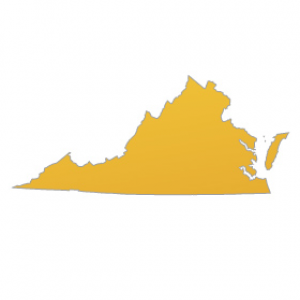Local Impacts— Virginia— PROJECT GREEN AND GREY
“After the final no there comes a yes and on that yes the future of the world hangs” ~Wallace Stevens
 Local Impacts of Climate Change
Local Impacts of Climate Change
The climate has changed in Virginia but people and governments around the world and here in Virginia are embracing solutions and reducing their carbon footprints. As we work for more clean energy, more efficiency and more effective laws to slow and eventually arrest these changes, please use this local-impacts information sheet to discuss this urgent issue with your legislators.
What follows is a 2015 document from The Climate Reality Project titled, “What does climate change mean for Virginia and Washington D.C.?,” that lists some of local impacts of climate change.
Economic Impacts
As you will see from this list, a changing climate is putting a strain on our local economy.
Heat
Temperatures have warmed by 2° F since 1970 in the Southeastern U.S., including Virginia.
There has been an increasing trend in high-temperature records the past 3 decades in Virginia.
Parts of Virginia may see 20 to 30 more days annually over 95° F by the period 2041— 2070. Vulnerable populations, particularly in urban areas, are likely to be most impacted.
Precipitation
Heavy downpours increased over much of the East Coast from 1958—2010, with the highest increases (74 percent) in the Northeastern U.S., including Virginia.
Between 1948 and 2011, there was a 33% increase in extreme precipitation events in Virginia; what was previously a once-a-year storm event now occurs roughly every nine months.
Annual rainfall is projected to increase approximately 6 percent by mid-century in Virginia.
Health
Those affected by heat can expect more health issues. Air quality, as a result of heat, will deteriorate substantially, with exacerbation of allergies, asthma and other respiratory diseases.
Flooding
Recurrent flooding, which is already problematic in coastal areas, is expected to worsen over the next 20 to 50 years.
Sea Level Rise
Sea-level rise along parts of the East Coast may exceed the global average—projected to range from 1 to 4 feet by 2100—by 4 inches.
Sea-level rise is a significant concern along the tidal Potomac River, near the Chesapeake Bay, and the coastal Atlantic. Water levels have risen more than a foot in the Hampton Roads, Virginia region over the past 80 years. Sea-level rise has been at the rate of 3.76 mm/year in Portsmouth, VA. This is considerably higher than the global average of 1.7 mm/year.
Mid-Atlantic sea-level rise is likely to range from 38 to 42 inches through 2100, but may rise as high as 66 to 71 inches.
What Has Virginia Started Doing About It?
Virginia has adopted a voluntary renewable energy goal of achieving 7 percent additional renewable electricity sales by 2016, an extra 12 percent by 2022, and 15 percent more by 2025.
As of 2011, Virginia ranked 39th in terms of the proportion of renewables in its energy mix. 5.1 percent of the state’s electricity comes from renewable energy, most of which was biomass.
An energy-efficiency goal set in 2007 requires investor-owned utilities to achieve 10 percent electricity savings by 2022, based on 2006 sales.
The Good News……!
If Virginia and the rest of the world take action and reduce greenhouse-gas emissions dramatically, through the promotion of clean energy, many of the worst impacts will be avoided. Clean energy and efficiency retrofits needed to address this crisis create jobs that cannot be outsourced, benefitting us all.
THE VIRGINIA DELEGATION
Sens. Mark Warner and Tim Kaine
Congressional Delegation
1st District-Robert Whitman-R
2nd District-Edward “Scott” Rigell- R
3rd District-Robert “Bobby” Scott- D
4th District-Randy Forbes- R
5th District-Robert Hurt- R
6th District-Bob Goodlatte-R
7th– District-David “Dave” Brat- R
8th District-Donald Beyer- D
9th District-Morgan Griffith- R
10th District-Barbara Comstock-R
11th District-Gerald “Jerry” Connolly- D
